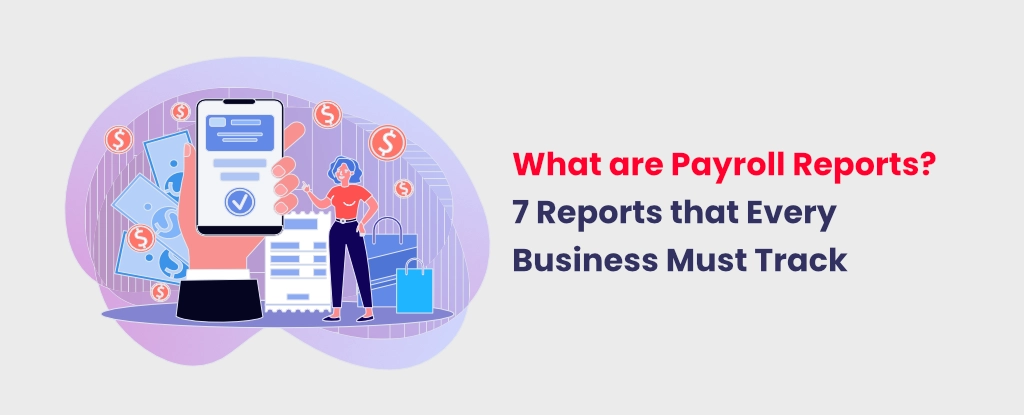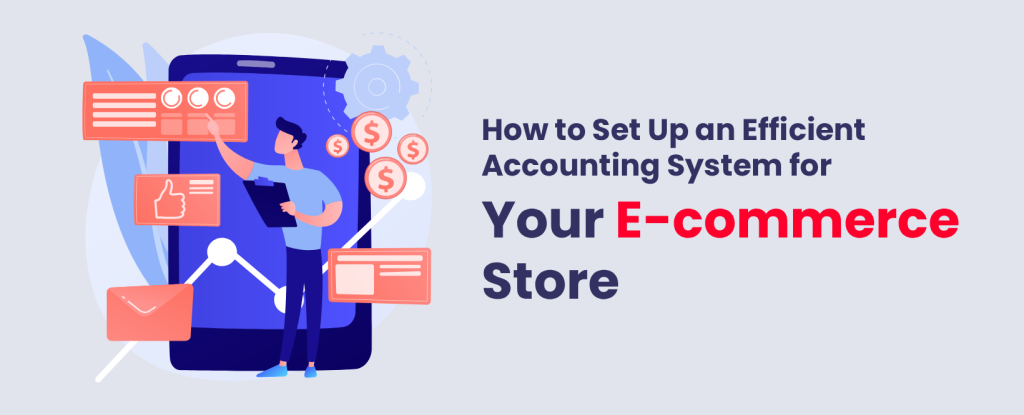Most entrepreneurs only focus on driving sales, without caring about the profit margins. But the truth is, sales alone do not ensure profitability. If you don’t understand what it costs to create your product or service, then setting the right price for the product is difficult.
That’s where cost accounting steps in. It gives business owners the tools and insights they need to gain visibility into every dollar that goes into producing their product or delivering their service.
So, whether you are running a small business in Michigan, a manufacturing unit in Texas, or a SaaS startup in California, cost accounting is the tool that can give you the power to grow your business with confidence. It shows you where every dollar goes—and how to make sure more of those dollars stick around.
What is Cost Accounting?
In simple terms, cost accounting is a finance and accounting practice that focuses on calculating and managing the costs involved in producing a product or delivering a service. Unlike financial accounting, which involves reporting numbers to external parties like the IRS or shareholders, cost accounting is an internal financial tool. It helps YOU run a tighter, smarter, more profitable business.
Cost accounting helps you find answers to questions like:
- Are we spending too much on labor?
- What’s the real cost of making each product?
- Is this client profitable after accounting for overhead?
By tracking where money is being spent, cost accounting gives you a deeper understanding of your numbers. It shows exactly where you can cut costs, improve pricing, and boost profits.
Types of Costs That Need to Be Tracked
- Direct Costs: Costs that can be directly linked to a particular product or service, like raw materials or labor. For example, if you run a bakery, the flour and sugar used to bake cookies are direct costs.
- Indirect Costs (Overhead): Think rent, electricity, or salaries for support staff. Indirect costs are shared costs that benefit multiple products or departments.
- Fixed Costs: Expenses that stay steady regardless of how much you sell—like your monthly lease.
- Variable Costs: These costs change depending on output. More production means more materials, packaging costs, and hourly wages.
Why Should U.S. Businesses Care About Cost Accounting?
No matter what you’re selling or making, cost accounting matters if you want to turn your business into a profit-making machine. Here’s what it does for you:
1. Set Smarter Prices for Your Products
Not certain about the actual cost per unit or service? Cost accounting helps you set prices that cover expenses while leaving room for profit.
2. Efficiently Allocate Resources
It helps you discover where time, materials, or money are being utilized or wasted. You’ll be able to assign resources toward more profitable activities more effectively.
3. Manage Cash Flow More Efficiently
Better tracking = fewer budget surprises. Monitoring your costs closely not only prevents budget overruns, it also helps you manage inventory wisely.
4. Make Data-Driven Decisions
Wondering whether to outsource, hire, or drop a product line? Cost data gives you the confidence to make those calls.
5. Stay Compliant with Contracts and Regulations
Many U.S. businesses, especially those working with government contracts, need cost breakdowns to comply with FAR, GAAP, or IRS rules. Cost accounting helps you meet these regulations with ease.
Popular Cost Accounting Methods Used in the U.S.
No two businesses operate the same way. That’s why, there’s no one way of calculating the cost of your products and services. Business owners need to choose a method based on the nature of their products or services, production volume, and overhead costs etc. Here are the most commonly used cost accounting methods and the businesses they are ideal for:
1. Job Order Costing
This method tracks costs by individual jobs or projects. Each job is treated as a separate cost unit, with direct materials, labor, and allocated overhead recorded specifically for that job.
Benefits:
- Detailed cost tracking
- Helps in setting job-specific pricing
Ideal for:
- Client-based businesses, like a law firm or construction company
- Businesses that deal in customized or small-batch production. For example, a print shop creating custom marketing materials for each client
2. Process Costing
This method is used when identical products are produced continuously. Costs are assigned to each stage (or process) in the production cycle and averaged over all units produced.
Benefits:
- Simplifies costing for high-volume output
- Helps in cost control at each production phase
- Easy to compute per-unit costs
Ideal for:
- Companies that deal in the mass production of standardized products like a chemical factory
- Continuous or assembly-line manufacturing. Example: textile mill
3. Activity-Based Costing (ABC)
This costing method assigns overhead and indirect costs to products or services based on the activities required to produce them. It’s more precise than traditional methods that use simple allocation bases like labor hours.
Benefits:
- Ensures more accurate cost allocation
- Identifies non-value-adding activities
- Aids in pricing, process improvement, and profitability analysis
Ideal for:
- Companies with diverse products or services, like a software company
- Manufacturing firms that deal with high overhead costs
4. Standard Costing
This method uses standard costs for materials, labor, and overhead instead of actual costs. The differences (variances) between actual and standard costs are analyzed for performance evaluation and control.
Benefits:
- Simplifies inventory valuation
- Makes variance analysis easier
- Promotes cost control and accountability
Ideal for:
- Manufacturing industries with consistent processes
- Businesses that prioritize budget adherence
- Companies with repetitive production cycles
5. Marginal Costing (or Variable Costing)
Marginal costing considers the change in costs that result from producing one additional unit. In this method, only variable production costs like material costs, labor, and variable overhead costs are considered. Fixed costs are treated as period expenses and are not included in unit cost calculations.
Benefits:
- Helps in setting minimum pricing thresholds
- Supports flexible decision-making in competitive markets
- Facilitates break-even point analysis
Ideal for:
- Businesses that involve short-term decision-making, like an online apparel brand calculating the cost of producing one more T-shirt
- Companies that need break-even analysis or want to develop a pricing strategy
6. Lean Accounting (Emerging Method)
This cost accounting method supports lean manufacturing principles. Instead of focusing on individual products or departments, it considers only value streams.
Benefits:
- Simplifies accounting in lean environments
- Focuses on overall system performance, not just isolated costs
- Improves operational alignment and transparency
- Eliminates waste in all forms
- Simplifies accounting processes and removes redundancies
- Improves decision-making speed
Ideal for:
- Companies adopting lean or agile production models, like manufacturers trying to optimize production flow
- Tech companies and other industries are aiming to reduce waste and improve efficiency
The Benefits of Cost Accounting
Let’s put it all together. Here’s what a good cost accounting system can do for your business:
- It helps you know and set accurate prices for your products and services. No inflated prices, no lost sales
- You get a clear understanding of products that bring in money and the ones that cost you more than they earn.
- By understanding where your money is exactly going, you can spot inefficiencies and reduce unnecessary expenses.
- Cost accounting helps you improve inventory management by helping you track how much stock you need (and when). You can identify waste and
- It strengthens financial forecasting by helping you use real cost data to create accurate budgets and predict future financial needs with more confidence.
- With clear visibility into what’s working (and what’s not), cost accounting strengthens your budgeting, supports hiring and outsourcing decisions, improves cash flow management, and keeps your business prepared for growth, downturns, or compliance requirements.
How to Get Started?
Cost accounting is one of the most powerful tools in your business toolbox. It tells you what’s really going on behind the scenes—what’s profitable, what’s wasteful, and what you need to fix to grow.
But getting into cost accounting doesn’t mean hiring a full finance team overnight. Start where you are:
1. Begin with the Basics
List out your direct and indirect costs. Even a spreadsheet helps.
2. Leverage Software
Tools like QuickBooks, Xero, or NetSuite can simplify tracking.
3. Consider Outsourcing
Evaluate the cost to outsource accounting. A professional cost accounting service provider can help you set up processes quickly and effectively. They can set up systems, review reports, and catch issues before they become disasters.
Remember, businesses that understand their costs survive longer, adapt faster, and grow stronger. It’s not just about accounting – it’s about building a sustainable business. So, whether you’re a manufacturer, a service provider, a retailer, or a startup, take control of your costs with professional cost accounting services.
Let’s connect and explore solutions tailored to your industry and goals.


